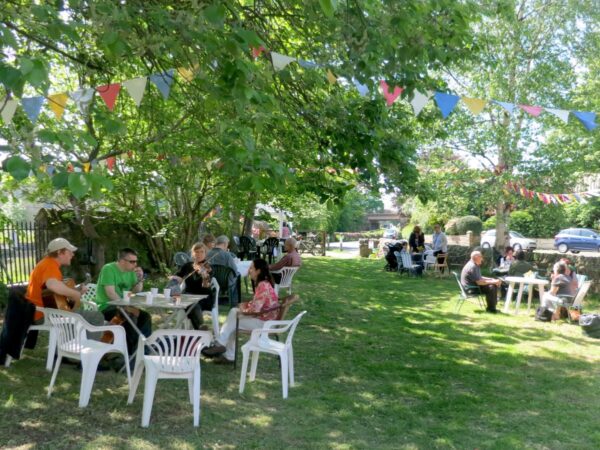Explore the Guides to Fairfield Butterflies
Our Green Spaces
The Fairfield Association in Lancaster is now responsible for around 50 acres of land including:
Latest News
NLWG Summer Wildlife Fair
The North Lancashire Wildlife Group (NLWG) Summer Wildlife Fair will take place at Fairfield Orchard, Lancaster, on Sunday 16 June from 10.30 am to 4.00pm.
Fairfield Association Monthly Minutes: 16 April 2024
Minutes of the Fairfield Association meeting held on 16 April 2024 at the Tite & Locke.
FFOG Minutes: 14 March 2024
Minutes of the Fauna, Flora and Orchard Sub-Group (FFOG) meeting on 14 March 2024.
Fairfield Association Meeting Agenda: 16 April 2024
Agenda for the FA monthly meeting at the Tite & Locke on Tuesday 16 April at 7.30pm.
What’s On
Find out what’s happening
Special Events
Volunteer Sessions
Regular Meetings
Wildlife Sightings
Fairfield Spring
The Fairfield Association
Photographs of just a few of the glorious flora emerging.
Linnet by Flora Field
Nieduszynska
On Saturday April 6th, along the Long Pads by Flora Field I picked up the lovely song of a linnet






